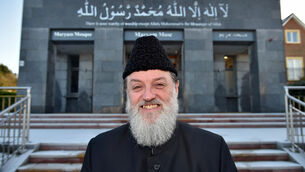Institutional sexism is still wholly dominant in our maternity services

CAN WE blame absolutely everything that is wrong with our society on the Catholic Church? I’m not denying it’s handy. It puts RTÉ into a sticky sweat. It gets nearly everyone who has any power on our side.
But it doesn’t change very much because the problem almost never lies in the Catholic Church itself. It lies in the power structures within our society.












